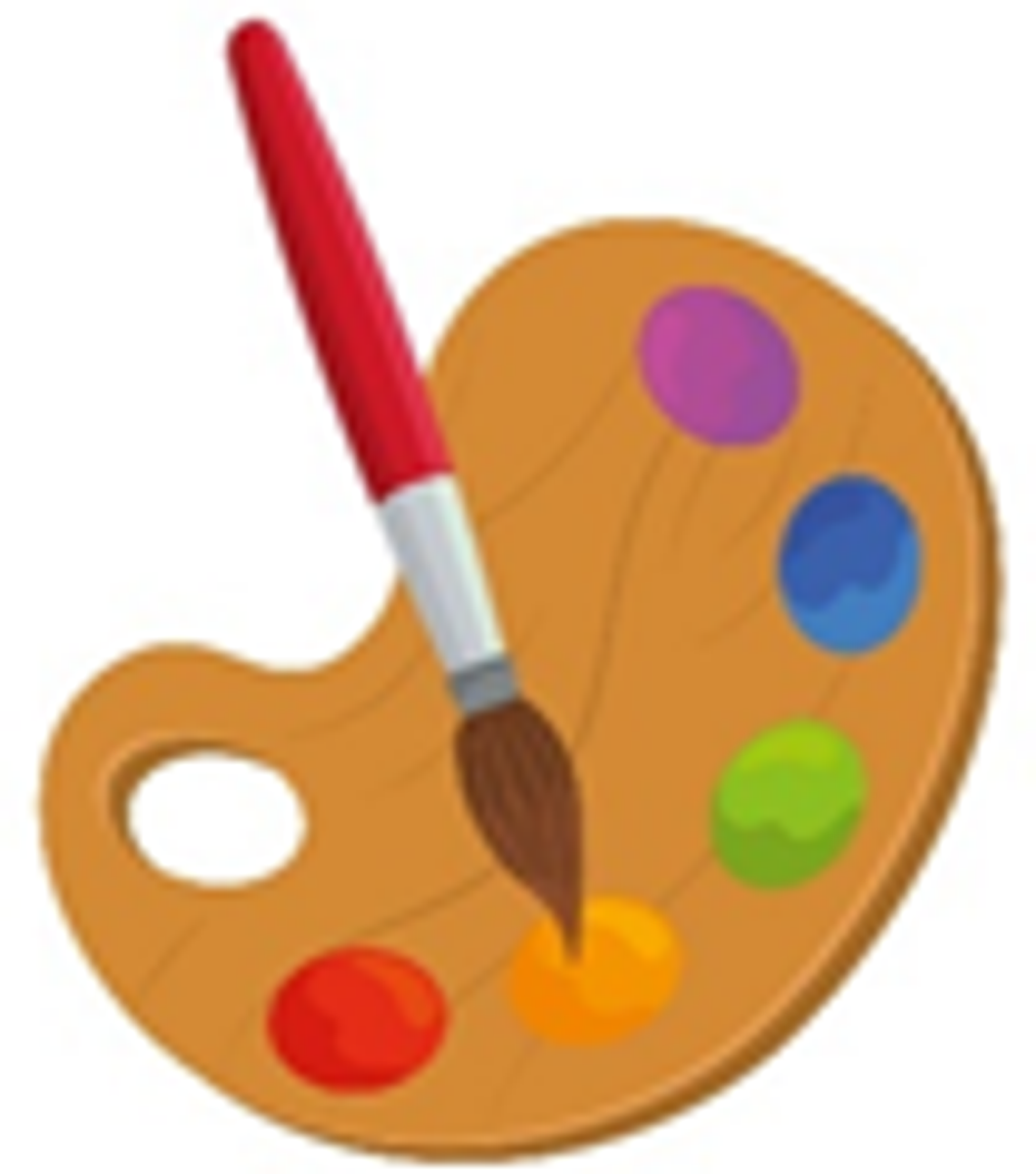Specialists

Music
This term, the Foundation to Level 2 students will be learning about pitch and melody, in particular distinguishing between high and low notes and creating musical patterns using different pitches. Students will continue to learning various songs, folk tunes and nursery rhymes and will be working towards performances at assembly for their peers and the school community.
Students from Level 3 and 4 have been solidifying their knowledge of beat and rhythm and have been displaying their ability to distinguish between these two musical concepts. These students will also be involved in The Royal Oddball production and will take part in learning songs and dances. The production will be presented in Week 5 of Term 3 and we are very excited to share this with the HEPS community.
Level 5 and 6 students will be mainly focusing on The Royal Oddball production, with the Level 6 students taking on the majority of the speaking roles and more challenging dances. Each week during music we will be learning to sing a variety of songs and learn the corresponding dances to go along with these songs. We will also be discussing what is means to be a performer and how best to deliver a quality performance to an audience. The older students will also have the opportunity to act as mentors to the Level 3/4 students as they will be assisting them with the dances as well as helping them throughout production week on stage.
We will continue to share our learning with the school at assemblies to practice what we have learnt and share our joy with the school community.
Physical Education
PE is a major part of learning at HEPS with a focus on developing the gross and fine motor skills along with locomotion. These fundamental skills and movement patterns are learned through a variety of different games and skill specific lessons to ensure all participant are engaged and enjoying their time during PE. If it so happens that we have inclement weather and the gym is occupied the students will be completing theory based Physical Education work within their classrooms.
Term 2 sees the focus for the Foundation students on developing their Fundamental Motor Skills and Movement Patterns with an emphasis on athletic events. These skills are developed through a variety of sequential activities with a focus on doing your personal best.
The Level 1 and 2 students are focusing on developing their Fundamental Motor Skills and Movement Patterns through a variety of skills with an overall emphasis on athletic events, catching and throwing. These skills are progressed through a variety of activities with attention to keeping control of the ball and the variety of different sporting environments and achieving their own personal best.
2021 Term 2 has the Level 3 and 4 students working on a Target Games Unit and Athletics. Throughout this unit there will be a major emphasis on the skills of aiming and the events we will complete at the school athletics in early Term 3. This unit is a great way to blend skills from a variety of sports into one unit of work with a focus on the four r’s of read, respond, react and recover. We still have our emphasis on cross country as fitness is a great thing to promote amongst the students.
Level 5 and 6 are developing their skills through an Invasion Games Unit where the students advance their skills and recognise that we can use multiple skills in different sports. With the emphasis of this unit being placed of Basketball, Soccer and Aussie Rules, the students begin to understand that the skill development for these sport aids with their enhancements in other invasion games and Interschool Sport.
Art
Foundation students are learning about seasonal tones through the process of creating a winter collage. They will become familiar with simple visual conventions such as foreground and background while creating a mixed media garden fairy and understand that decorating with patterns can enhance artworks.
The colours of winter are grey, mauve, silver and white. How does it make you feel when you look at an artwork in these types of colours?
How many different patterns can you find in your environment?
Level 1 students observe and draw the structure of plants then use found objects to print them. We discuss the uniqueness of Australian flora and basic design ideas such as random and formal placement. Students learn about opposite complimentary colours to create a Picasso type portrait.
Under supervision, see how many native Australian plants you can find and take note of their structural appearance.
Level 2 students explore pattern and different decorative design concepts to create a mixed media flower illustration. The element of texture is introduced with the use of a wax resist technique for the background. Students use 2 dimensional materials to create a 3 dimensional bird and decorate it with a variety of media to create expressive personality.
Texture is the appearance of a given surface.
What else could be used to create interesting texture?
Level 3 & 4 students use paint blending techniques and learn about secondary colours including mid tones of each to create a colour wheel. Their colour wheel becomes the umbrella in a fun winter illustration. Students use a combination of textiles & printing to create a colourful and patterned house image.
Keep an ear out for any one describing colours for example yellowy green or ask you child to describe colours of objects with more detail. Is that a red purple or a blue purple?
Level 5 students use the Olympic games as inspiration to create a foil figurine in an athletic pose. Emphasis is on scale, proportion, balance and counter balance. Students then paint the shadow of their figurine so it becomes one art piece. Students will use the Brushes Redux app on their iPads to create a Pop Art type self-portrait focusing on block colours, black outlines, minimal detail and flat appearance.
Which is your favourite athletic pose and why?
What is counter balance, how do you create it and how does it affect the viewer?
Why would artists use the principle of counter balance?
Why do the Andy Warhol Pop Art prints of celebrities have a unique appearance?
Level 6 students are observing a variety of design styles to create the first letter of their name in order to generate a relief print. They then explore a variety of clay hand building techniques before creating a pinch pot and painting it.
When looking around at any media take note & discuss the many different styles of lettering.
Take note of the many different materials that objects can be made from, then see if you can find any made from clay or similar.
STEAM
STEAM is an integrated subject area that brings together many streams of cognitive human endeavour. It is an acronym pulled from Science, Technology, Engineering, Art and Mathematics. While many of these elements have been taught individually in the past, it is now clear that our contemporary society compels students to be linking these areas cohesively together to cope in a future requiring them to be immersed in a highly technological environment in order to effectively communicate, create and be productive.
The HEPS STEAM program will endeavour to stimulate students.
Term 2 sees the Levels 3 to 6 complete STEAM where students learn to create, plan, construct and test models and inventions using conventional materials to solve physical scientific and engineering problems posed to them (expressly non-digital).
Japanese
We had so much fun in Term 1 in Japanese! I am so proud of all students’ enthusiasm, dedication and commitment to learning Japanese. This term is going to be just as fun as we continue to explore Japanese language, culture and the benefits of learning an additional language.
Foundation – Foundation are exploring the まきば (makiba - the farm) and the vocabulary and phrases relevant to the topic. Students will be responding to Japanese version of Old MacDonald had a farm, comparing expressions at key points in the story with English-language versions, and re-enacting with puppets, props or actions.1/2 - We are exploring what we can find at the Juice Bar! Students will participate in a variety of songs, games and other activities to build their confidence in using the key words and phrases. They will have opportunities to develop their listening, speaking, reading and writing skills through a story about animals ordering juice at a juice bar.
3/4 – Grade 3/4 students are heading to the コンビニ (konbini – convenience store)! Well, at least to our make-believe one! Students will learn about the Konbini culture of Japan and understand that the Konbini is an important part of everyday life for Japanese people. Students will also learn important vocabulary and phrases, which they will be able to use in real life if they get to chance to travel to Japan in the future.
5/6 – The 5/6 students are getting creative this term! They will be creating their own Manga character, in which they will need to use Japanese to state their names, age, likes, dislikes and so much more! Students will also participate in everyday classroom activities and routines such as asking how to say or write something, asking for help or repetition, praising or complimenting one another, thanking, apologising and expressing preferences.
